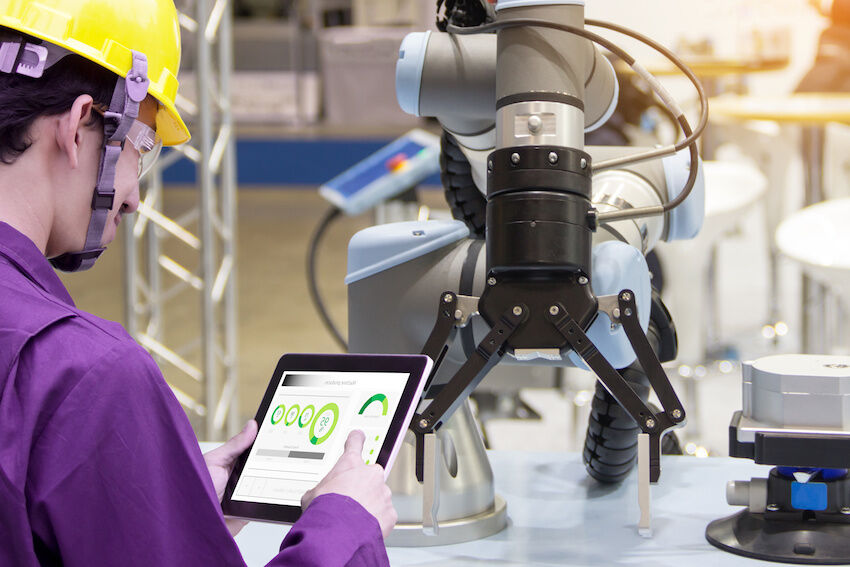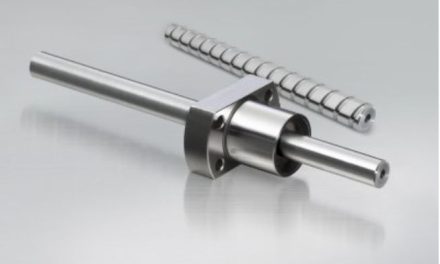Neli Ivanova, Head of Sales, Asset Finance at Siemens Financial Services, explores just a few of the sustainability improvements manufacturers can put in place with the help of smart financing solutions, as well as the smart financing solutions that make investment possible.
Major economies across the globe have made substantial commitments to improving environmental sustainability in the face of climate change. In Europe, for example, EU law sets an intermediate target of reducing greenhouse gases (GHG) by at least 55% by 2030 compared to 1990 levels.
At the same time, global events (and their inevitable aftermath) are presenting new challenges to achieving these commitments, driven by geopolitical conflict, fossil fuel supply, supply chain disruptions and inflationary pressures.
Despite these challenges, it is unlikely that manufacturers will be diverted from their sustainability goals. Because – as many analysts have argued strongly – sustainable manufacturing not only results in moral and climate change benefits but also provide commercial advantages.
So, what are the sustainability improvements that manufacturers can put in place, to deliver cost savings, greater productivity, competitive brand advantage and security of supply, as well as making a contribution to carbon elimination, waste reduction and other sustainable goals?
Sustainability by design: Much can be achieved by designing whole manufacturing processes to be less energy-hungry, less wasteful, and lower impact. Additionally, being able to design, or reconfigure, manufacturing processes in the virtual world – through a ‘digital twin’ – allows these design developments to be achieved and tested more quickly and at lower cost. At its core the various aspects of Industry 4.0, or digitalisation, are inherently enablers of sustainability improvements, assisted through remote collaboration and virtualisation, with up to 80% of products’ environmental impacts determined at the design phase – including use of responsibly sourced raw materials. Moreover, the notion of ‘design’ can be extended to supply chain restructuring, given that in some cases 90% of emissions originate in complex and distributed supply chains, according to the Carbon Disclosure Project.
Energy efficiency
Studies have shown that gains from energy-efficiency initiatives in the manufacturing industry are typically around 20%. This can result from better design of new facilities or retrofitting of established plants. Opportunities for increased energy efficiency exist throughout the whole process – for example: CHP (Combined Heat and Power) technologies recover energy from the production environment and re-use it for other requirements. The installation of variable speed drives can introduce energy efficiencies of as much as 50% to key industrial processes. Buildings automation technologies can reduce power consumption – over 50% of industrial building energy consumption is devoted to space heating/cooling. Conversion to LED lighting reduces energy consumption by 40-60%. And the use of energy-efficient materials handling (e.g. fork-lifts) in the warehouse and across manufacturing sites can cut consumption by as much as 30%.
Financing sustainability
To become more sustainable, manufacturing firms have to invest in new or alternative technologies – more energy efficient equipment, combined heat & power (CHP), additive manufacturing, materials recycling, water-efficiency, eco-packaging, to name a few. There is therefore an urgent need to invest, and invest significantly. At the same time, following a pandemic and in a period of political/economic uncertainty, companies are cautious about tying up capital in equipment: Hence the dilemma – manufacturers cannot afford to delay their sustainable manufacturing investments, but need smart ways of overcoming their investment caution.
To this end, pioneering manufacturers have recognised the importance of leveraging the right mix of financing to navigate times of uncertainty, volatility and crisis, and this latest stage of world affairs is no exception. Leading CFOs in industry are already deploying third party capital through a wider use of smart finance structures. They have found, as a result, that they can invest in sustainability initiatives (often through digitalisation) in ways that are financially sustainable, through aligning flexible financing arrangements with the expected rate of benefit gained through those investments.
Each manufacturer’s cash flow needs are different – yet most generalist, standard financing arrangements only offer off-the-shelf terms and structures. Specialist financiers, on the other hand, are able to use their technical knowledge of the manufacturing industry to understand the likely benefits that sustainable manufacturing technology will bring. Arrangements can be structured to flex over time as manufacturing production (and revenues) and efficiencies ramp up. Equally, payments can be aligned to expected sustainability related outcomes or even varied on a seasonal basis. It is these specialised smart finance packages which really help accelerate the move to sustainable platforms.
Just as importantly, smart finance can embrace all the cost of transition to more sustainable systems – equipment, software, maintenance & service, Installation, testing, training, even skilled people where required.
In summary, sustainable manufacturing is a compelling commercial goal, offering financial and business benefits, as much as ethical and reputational advantages. By bridging the gap between desire to invest and hesitancy to commit capital in uncertain markets, smart finance is a key enabler for manufacturers to invest in a more sustainable future.
To learn more about smart finance solutions and the array of sustainability measures they support, download the whitepaper: www.siemens.com/financing-sustainability

Neli Ivanova


